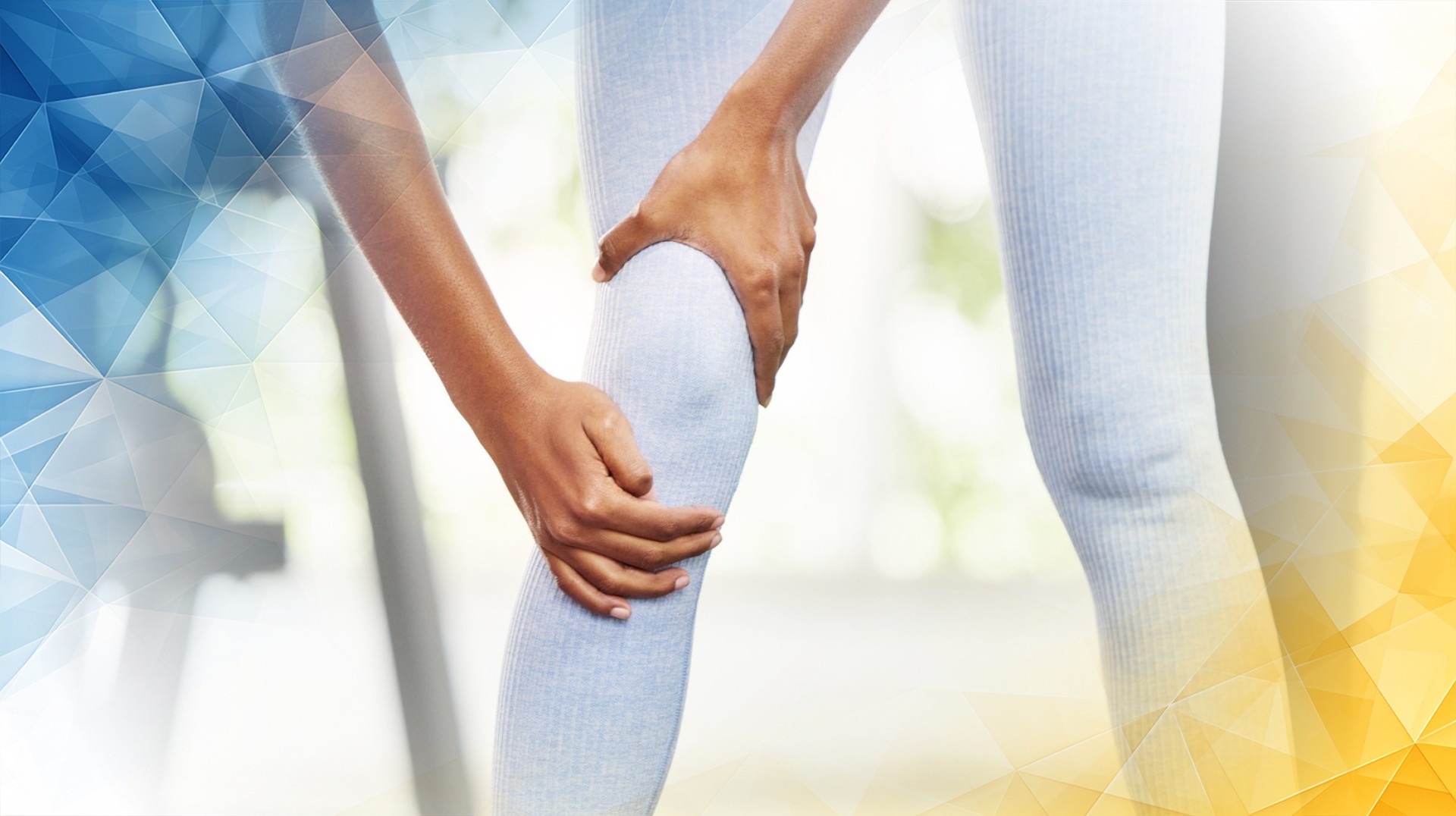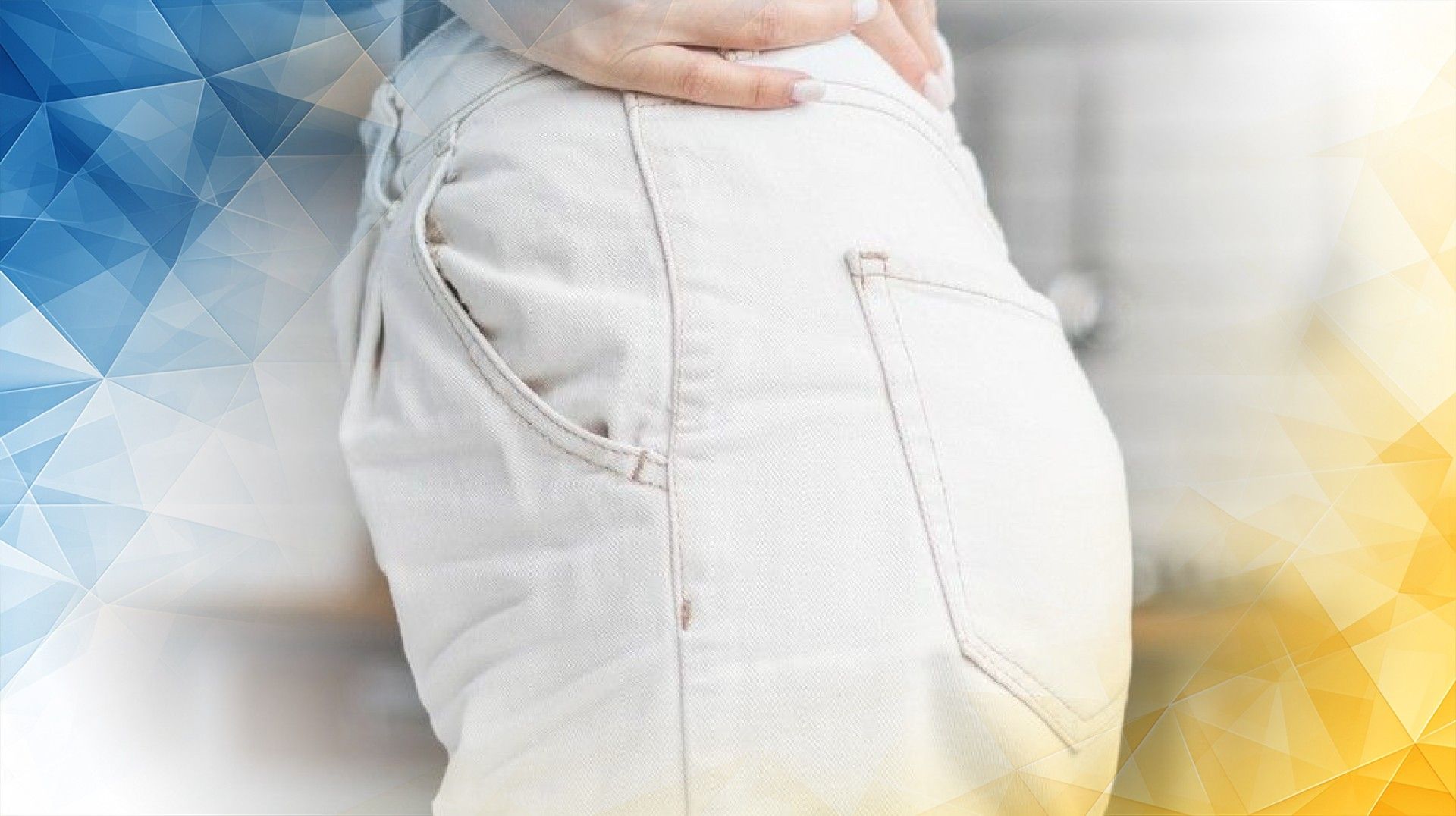



Hip and groin pain are common issues that many women experience, yet the causes are often misunderstood or overlooked. Discomfort in these areas can disrupt everyday life and impact overall wellbeing. In this article, we’ll reveal some of the often-missed causes behind female hip and groin pain , drawing from both recent scientific research and clinical insights. We’ll explore how body mechanics, lifestyle habits, and diagnosis challenges all contribute to this complex problem—helping you better understand what’s really going on beneath the surface.
To grasp why hip and groin pain occurs, it helps to start with a quick anatomy lesson. The hip joint is a ball-and-socket structure: the round top of the thigh bone (the ball) fits neatly into the pelvis (the socket), allowing you to move your legs in many directions. Surrounding this joint are muscles, tendons, ligaments, and nerves—all working together to keep you moving.
In the groin, the adductor muscles are responsible for pulling your legs inward. Even small differences in the structure of your joints or the strength and flexibility of your muscles can make pain more likely. For example, muscle imbalances—where some muscles are tighter or weaker than others—can put extra strain on your hip or groin . Recognizing these details is critical for understanding where pain may come from.
A recent study of elite female soccer players found that those with ongoing hip and groin pain had higher abductor strength (the muscles that move your legs outward) but a lower adductor-to-abductor strength ratio, compared to uninjured players (Jaenada-Carrilero et al., 2024). This suggests that strength imbalances might play a role in pain, not just in athletes but in everyday life as well.
Hip and groin pain rarely comes from a single source. Instead, it’s often the result of several factors working together. High-impact activities like running, cycling, or certain exercises can lead to overuse injuries , especially if your technique isn’t quite right. On the flip side, sitting for long periods or not staying active enough can weaken the muscles that support your hips, making pain more likely.
Hormonal changes during pregnancy or menopause can also affect the flexibility of ligaments and muscles, raising the risk of discomfort or strain. Genetic differences and inherited anatomy can play a role, too. All these factors—movement habits, lifestyle, structural differences, and hormonal changes —often combine in unique ways for each woman, which is why there’s no one-size- fits -all solution. Early diagnosis and careful management are important for avoiding chronic pain and re-injury.
Additionally, recent research showed that flexibility tests like the bent knee fall-out test did not always reveal differences between women with and without hip/groin injuries (Jaenada-Carrilero et al., 2024). This highlights that some causes of pain may be hidden from routine exams and require a more personalized approach.
Managing hip or groin pain isn’t just about the physical discomfort. Daily activities—walking, climbing stairs, or even sitting for long periods—can become difficult or painful. These challenges often lead to frustration , stress, or feeling left out of activities you enjoy.
Research consistently finds a strong link between ongoing pain and reduced quality of life. That’s why it’s critical to approach treatment in a way that supports both physical recovery and emotional wellbeing, helping women maintain their activity levels and confidence.
Pinpointing the exact cause of hip and groin pain can be tricky. That’s because the nerves and tissues around the hips and groin overlap closely, making it tough to identify whether pain comes from the joint itself, the surrounding muscles, or another structure entirely.
Healthcare providers usually begin with a thorough physical examination and may order imaging tests like X-rays or MRIs. However, not all issues show up clearly on scans. This is why a team approach, which may include different specialists and types of examinations, can be so valuable. Accurate diagnosis is crucial, as it helps tailor treatment to your specific needs and prevents the pain from becoming a long-term problem.
Given the complexities of hip and groin pain , prevention and timely intervention are your best defenses. Keeping up with regular exercise that strengthens and balances your hip and core muscles, maintaining good posture, and not ignoring early discomfort can all help lower your risk.
If you notice pain that doesn’t go away or worsens with activity, see a healthcare provider promptly. Early diagnosis and management—including physical therapy or changes to activity—can make a significant difference in preventing pain from becoming chronic. Working with professionals who understand these conditions ensures you get care that fits your unique situation.
Hip and groin pain in women is influenced by a combination of anatomy, activity, and biology. By understanding the hidden causes, being aware of diagnostic challenges, and taking a proactive approach, women and healthcare providers can work together to find solutions that improve quality of life. The right knowledge and timely action make navigating hip and groin pain much more manageable, empowering you to move forward with confidence and comfort.
Worthington, S. (2024). Hip and groin pain in sport. InnovAiT: Education and Inspiration for General Practice, 17(11-12), 504-511. https://doi.org/10.1177/17557380241283719
Jaenada-Carrilero, E., Baraja-Vegas, L., Blanco-Giménez, P., Gallego-Estevez, R., Bautista, I. J., & Vicente-Mampel, J. (2024). Association between Hip/Groin Pain and Hip ROM and Strength in Elite Female Soccer Players. Journal of Clinical Medicine, 13(18), 5648. https://doi.org/10.3390/jcm13185648
All our treatments are selected to help patients achieve the best possible outcomes and return to the quality of life they deserve. Get in touch if you have any questions.
At London Cartilage Clinic, we are constantly staying up-to-date on the latest treatment options for knee injuries and ongoing knee health issues. As a result, our patients have access to the best equipment, techniques, and expertise in the field, whether it’s for cartilage repair, regeneration, or replacement.
For the best in patient care and cartilage knowledge, contact London Cartilage Clinic today.
At London Cartilage Clinic, our team has spent years gaining an in-depth understanding of human biology and the skills necessary to provide a wide range of cartilage treatments. It’s our mission to administer comprehensive care through innovative solutions targeted at key areas, including cartilage injuries. During an initial consultation, one of our medical professionals will establish which path forward is best for you.
Contact us if you have any questions about the various treatment methods on offer.
Legal & Medical Disclaimer
This article is written by an independent contributor and reflects their own views and experience, not necessarily those of londoncartilage.com. It is provided for general information and education only and does not constitute medical advice, diagnosis, or treatment.
Always seek personalised advice from a qualified healthcare professional before making decisions about your health. londoncartilage.com accepts no responsibility for errors, omissions, third-party content, or any loss, damage, or injury arising from reliance on this material. If you believe this article contains inaccurate or infringing content, please contact us at [email protected].